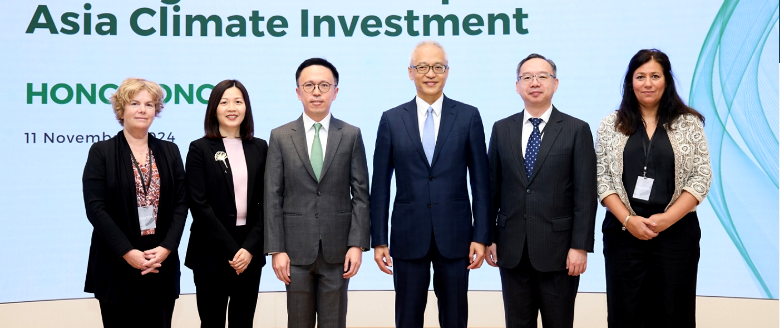In 2025, the US economy is expected to surpass forecasts.
The world’s largest economy is forecast to outperform economist expectations again next year, according to Goldman Sachs Research.
“The US economy is in a good place,” writes David Mericle, chief US economist in Goldman Sachs Research. “Recession fears have diminished, inflation is trending back toward 2%, and the labor market has rebalanced but remains strong.”
Goldman Sachs Research predicts US GDP will grow 2.5% on a full-year basis. That compares with 1.9% for the consensus forecast of economists surveyed by Bloomberg.
Three key policy changes following the Republican sweep in Washington are expected to affect the economy, Mericle writes in the team’s report, which is titled “2025 US Economic Outlook: New Policies, Similar Path.”
Tariff increases on imports from...









